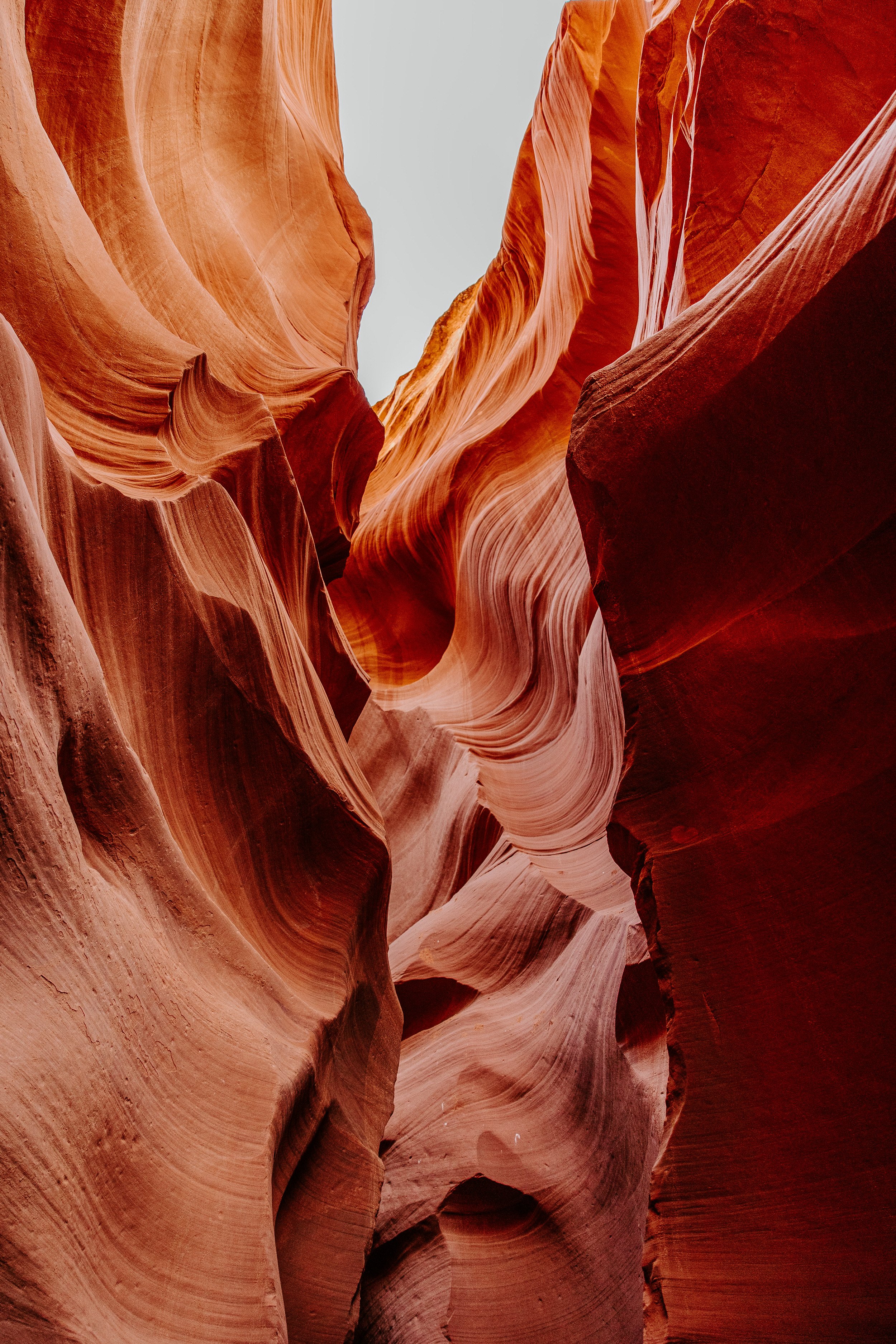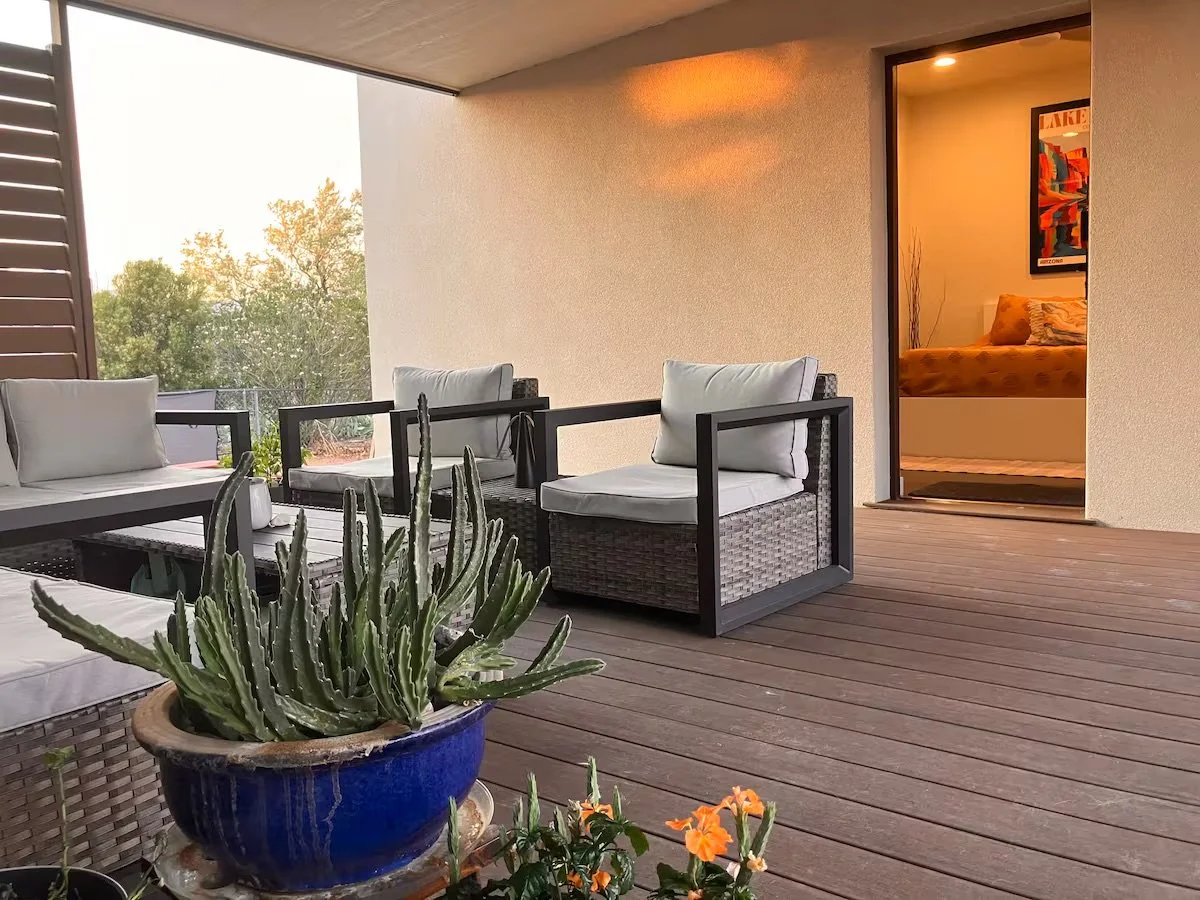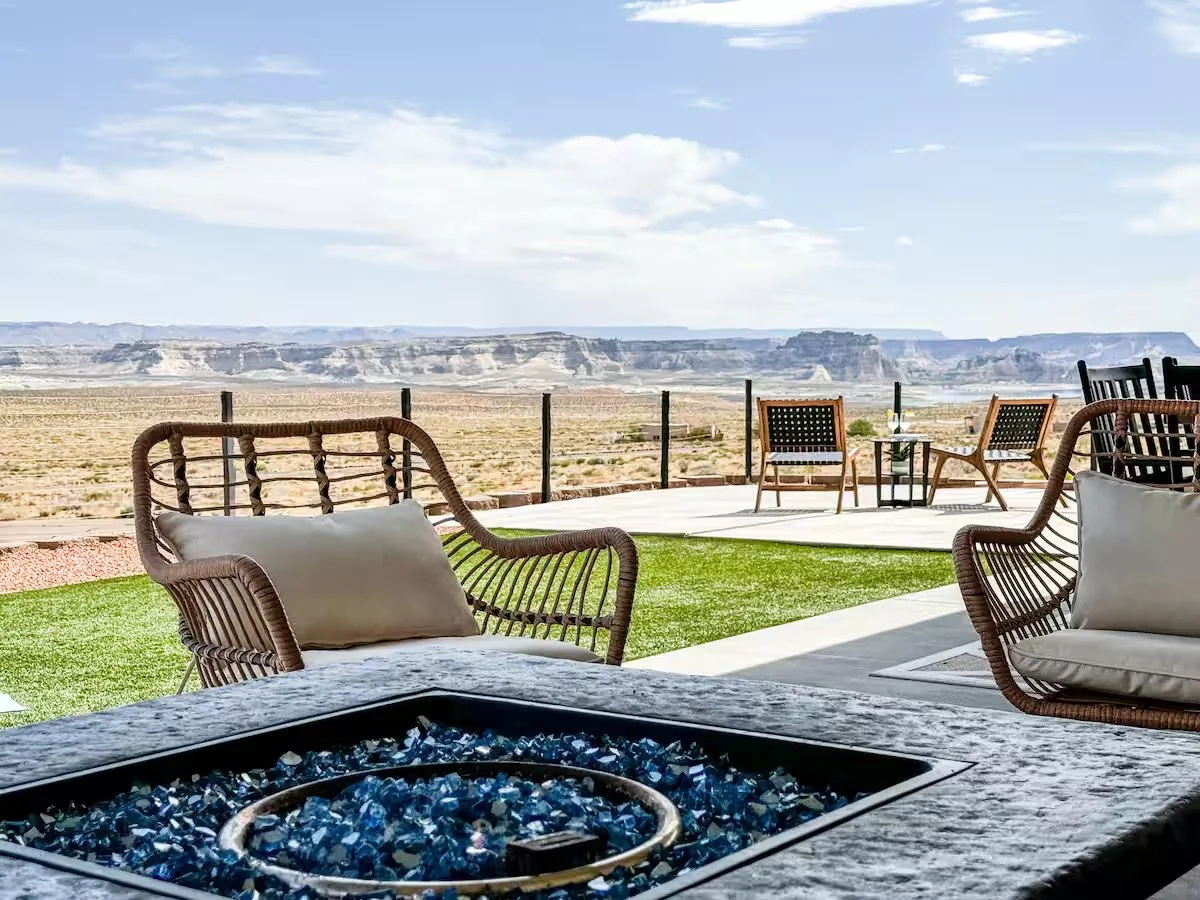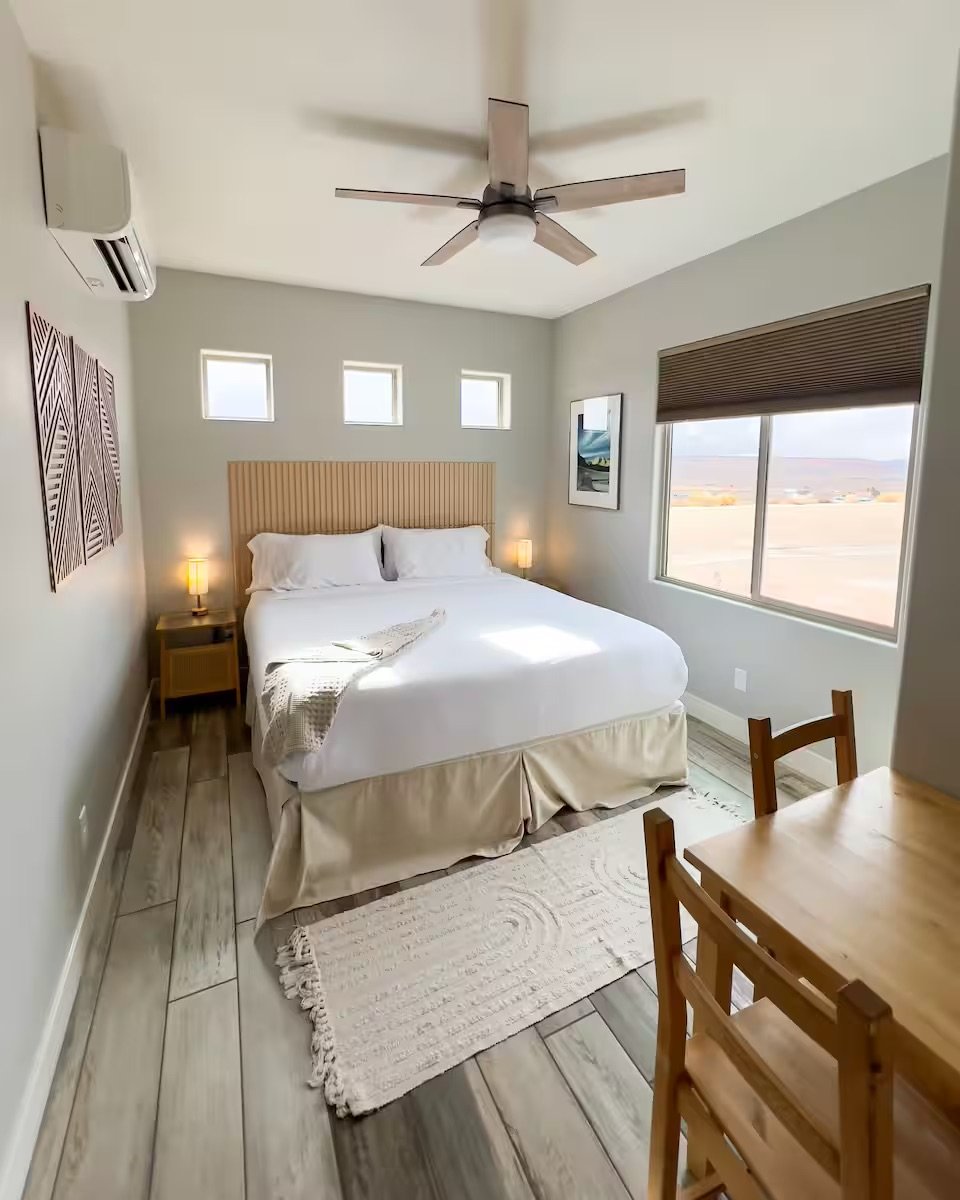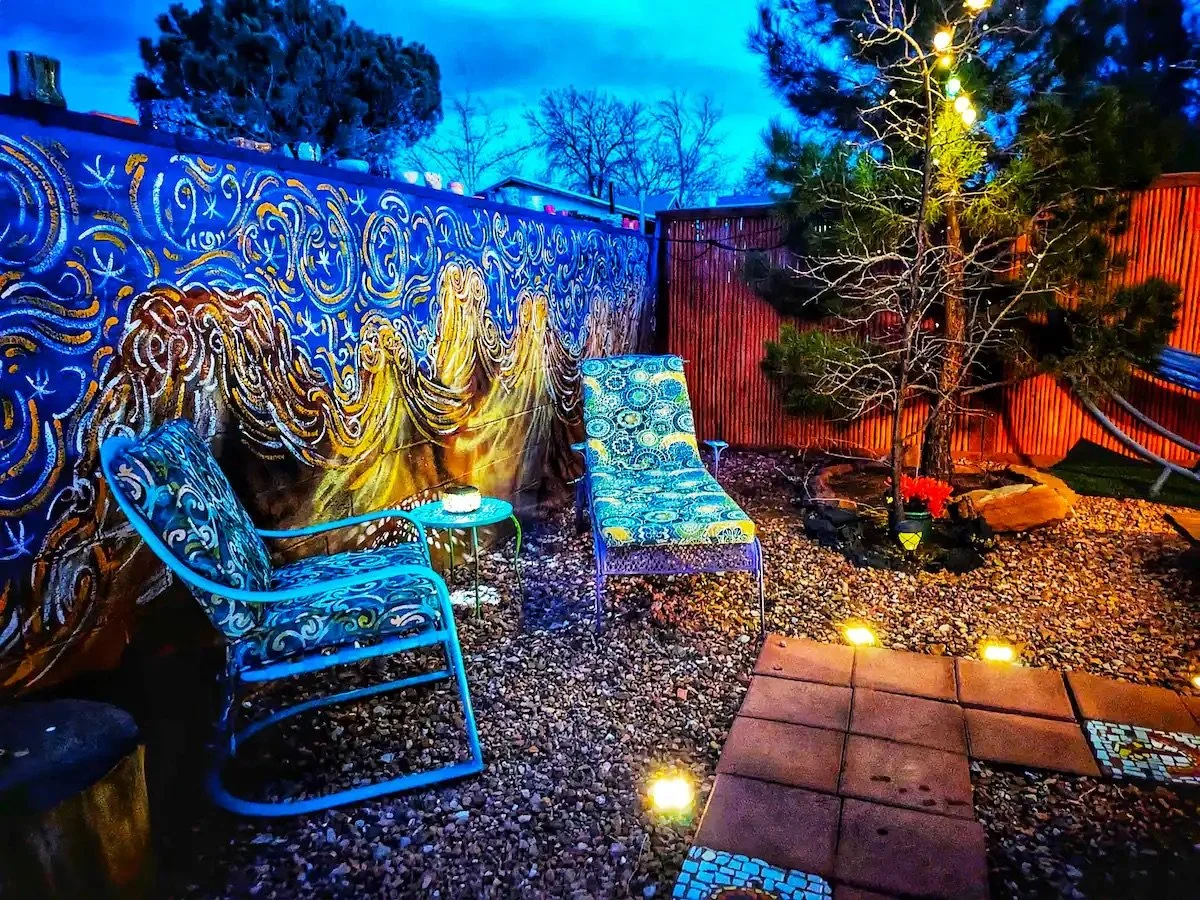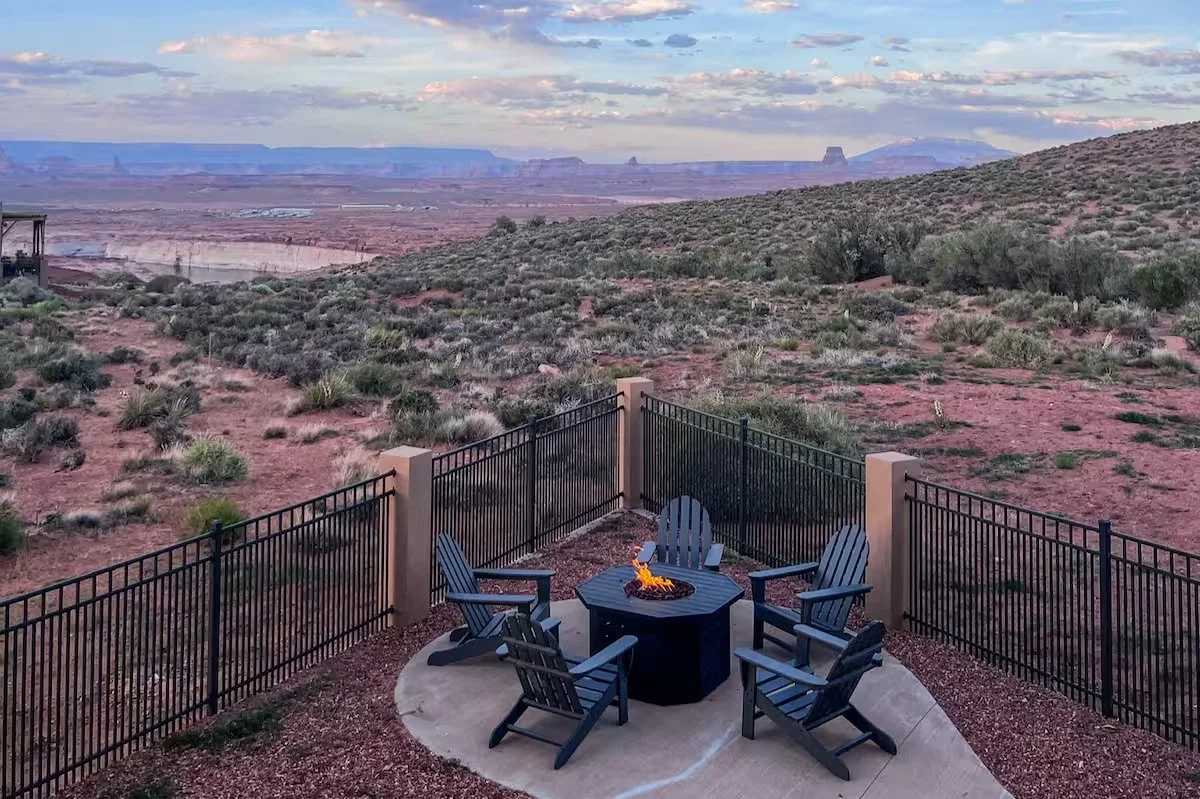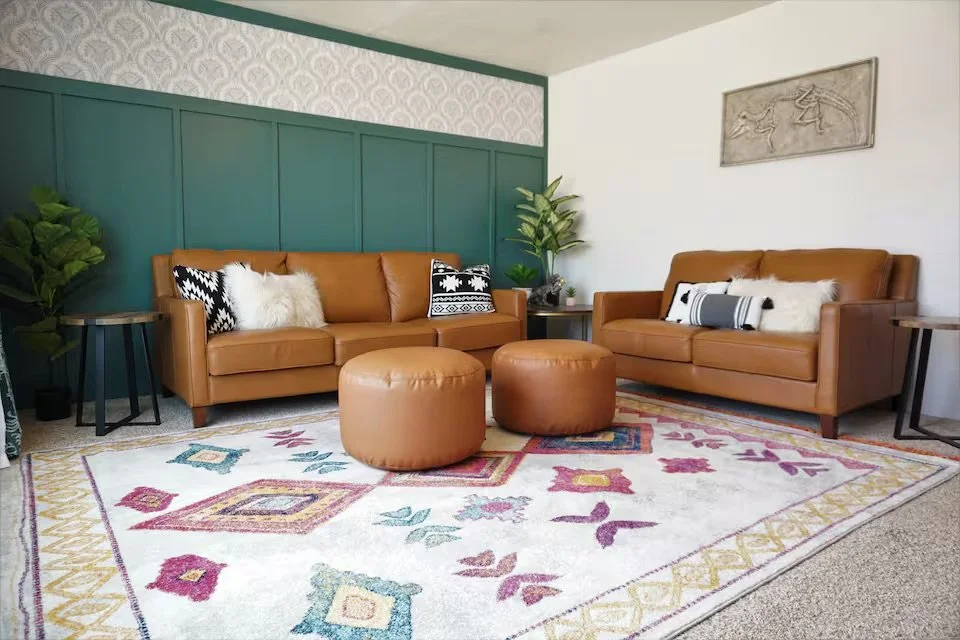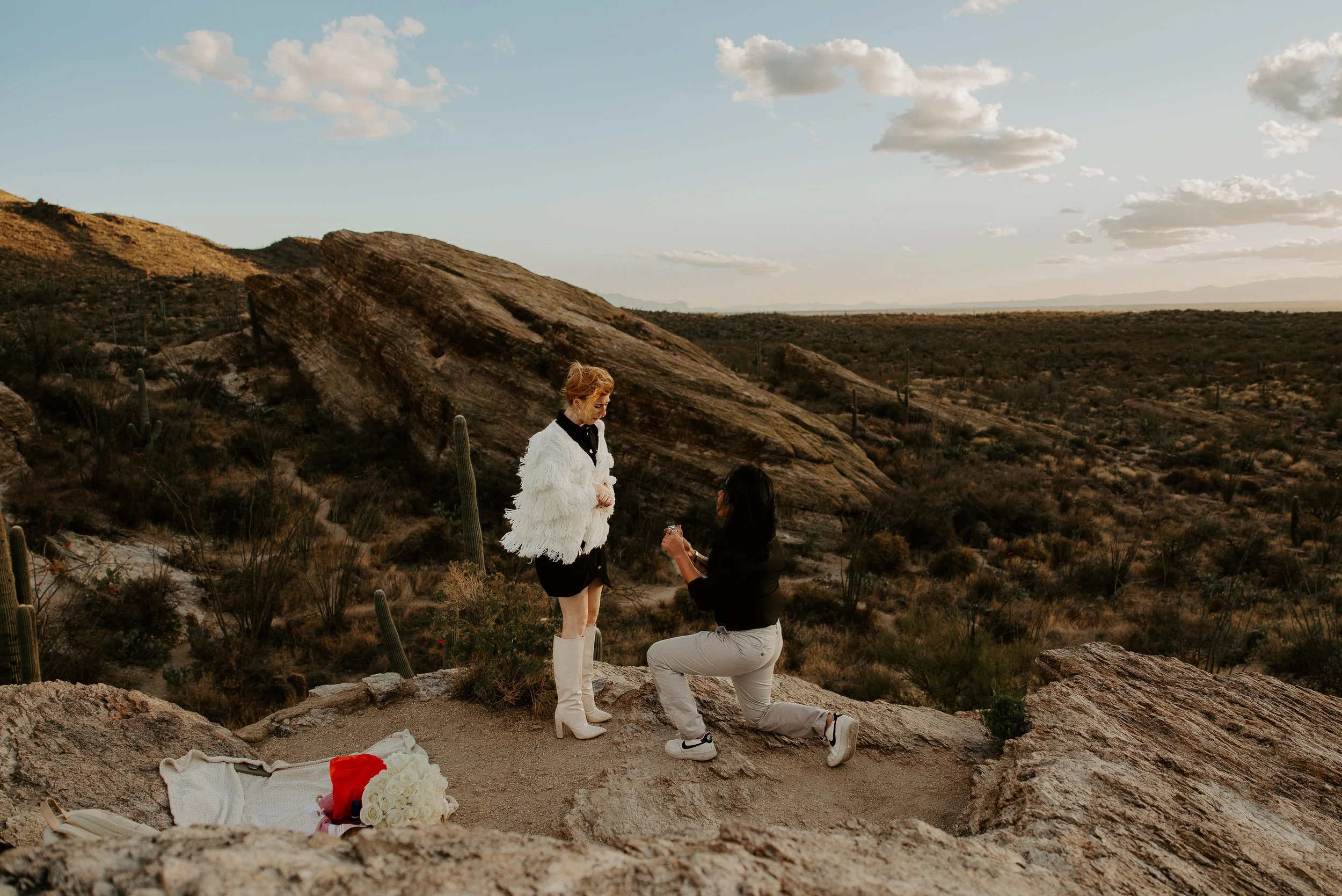How to Elope in Antelope Canyon
Antelope Canyon is a natural wonder formed by centuries of water erosion through Navajo Sandstone. It’s known for its slender corridors, undulating shapes, and vivid hues that captivate visitors worldwide. Keep reading to learn more about Antelope Canyon and if you can tie the knot within its walls!
Where is Antelope Canyon?
Antelope Canyon is located on Navajo Nation land in northern Arizona. It's a slot canyon, categorized by its narrow and deep gorge carved by water erosion through sandstone rock layers. Antelope Canyon comprises two main sections: Upper Antelope Canyon and Lower Antelope Canyon, each with its own distinct features and beauty.
Is Antelope Canyon a national park?
Antelope Canyon is not a national park but rather a slot canyon that is managed by the Navajo Nation Parks and Recreation, a tribal organization responsible for preserving the natural and cultural resources of the Navajo Nation. The canyon is on Navajo Nation land, a sovereign territory covering parts of Arizona, Utah, and New Mexico. As a result, the Navajo Nation has its government, laws, and regulations and is not subject to the US National Park Service's jurisdiction.
How was Antelope Canyon formed?
Antelope Canyon was created by the erosion of Navajo Sandstone due to flash flooding and other sub-aerial processes. Over time, the passageways have eroded, deepening the corridors and smoothing hard edges, resulting in the characteristic "flowing" shapes for which the canyon is known.
Why is it called Antelope Canyon?
According to Navajo stories, the canyon was named after the pronghorn antelope that once grazed in and around it. The Navajo also named the two sections of the canyon Tsé bighánílíní, which means ‘the place where water runs through rocks’ for Upper Antelope Canyon, and Hazdistazí, which means ‘spiral rock arches’ for Lower Antelope Canyon.
Which is better, upper or lower Antelope Canyon?
Choosing between Upper and Lower Antelope Canyon can be tough as they have pros and cons. Your choice depends on your personal preferences, budget, and physical abilities.
Upper Antelope Canyon is more renowned for its easier walking access and photography opportunities, especially its narrow openings and cascading light beams. However, it's comparatively expensive, crowded, and darker than Lower Antelope Canyon. You may have to book your tour months in advance to visit during peak hours between 10:30 am and 1 pm.
Lower Antelope Canyon is less popular but is still very colorful, with more twists, turns, and different shapes and textures. However, it's also more challenging, requiring some climbing and crawling through narrow passages.
Is Antelope Canyon worth it?
If you are fascinated by nature, visiting Antelope Canyon is a must. The magnificent rock formations and colors sculpted over millions of years by water and wind will leave you spellbound. It is a natural attraction that uniquely and stunningly showcases nature's artistry.
How to get to Antelope Canyon
Las Vegas
The canyon is situated approximately 283 miles away from Las Vegas, and the drive takes around 4.5 to 5 hours, depending on traffic and road conditions. You must take I-15 north to Utah and head east on UT-9 to AZ-389 to reach the destination. After that, take AZ-89A south to US-89 and continue on the same road to reach Page, Arizona, where Antelope Canyon is located.
Sedona
The easiest and most convenient way to travel is by car, which takes 3 hours. Follow the route US-89 N and Coppermine Rd, which is about 160 miles long.
Phoenix
Flying is the fastest way when traveling from Phoenix with a flight time of 1 hour and 10 minutes. Alternativelty, the drive takes around 5 hours. You can take I-17 N and US-89 N to reach Antelope Canyon.
Grand Canyon
Traveling by car is the quickest way. The drive takes around 4 ½ hours, and you can follow I-40 E and US-89 N.
Horseshoe Bend
Horseshoe Bend is a short 9 miles from Antelope Canyons. You can follow AZ-98 and Antelope Point Rd to reach Antelope Canyon.
Lake Powell
Wahweap Bay in Lake Powell is 9-13 miles from Antelope Canyon. To reach Antelope Canyon, you can follow AZ-98 and Antelope Point Rd. From the boat ramp, you can paddle for approximately 1 mile to reach the entrance of Antelope Canyon.
Can you visit Antelope Canyon without a tour?
Antelope Canyon can only be visited through a guided tour as it is located on Navajo Nation land. Visitors must obtain a permit to enter the area, and the only way to access the area is by booking a tour with a licensed tour guide.
How to book the Antelope Canyon Tour
To book a tour of Antelope Canyon, visit the official website of Navajo Nation Parks & Recreation. From there, you can select a guided tour operator from their list. Please note that the entry fee is $8 per person, per location, per day, and you enter at your own risk.
It's also important to remember that all areas of Antelope Canyon are only accessible via guided tour, and tour guides are mandatory.
How far in advance to book Antelope Canyon
If you plan to visit Antelope Canyon between March and October, booking your tour at least 6 months in advance is recommended, especially during peak times like weekends, midday, or holidays. The canyon can get busy, particularly from March to October, when the light beams occur. However, please note that the availability of tours is subject to change due to inclement weather. Therefore, it’s advisable to check weather conditions before traveling; closures may happen immediately upon emergency.
How long is the Antelope Canyon tour?
Planning for one to two hours is recommended for touring Antelope Canyon. However, the duration of tours can vary. The Lower Antelope Canyon tour is about 1.1 miles round trip and usually takes about 1 hour for regular tours, while photography tours can last up to 2.5 hours. The Upper Antelope Canyon tour is around one hour to one hour and a half long, with a round trip distance of about 0.3 miles.
What time is best to visit Antelope Canyon?
The best time to visit Antelope Canyon is between June and August to see the light beams. May and September are the best months to avoid crowds while still getting a chance to see light beams. The weather is most comfortable for touring the canyon in April and October. Note that the monsoon season runs from June through September, meaning there is a greater chance of rain and flash flooding. Book a morning tour to avoid rain showers if you visit during this time.
What to do near Antelope Canyon
Horseshoe Bend
A horseshoe-shaped meander of the Colorado River offers a breathtaking view of the river and the surrounding landscape.
Lower Antelope Canyon
A slot canyon known for its stunning rock formations.
Lees Ferry Campground
A scenic campground located on the banks of the Colorado River. It offers a variety of recreational activities, such as fishing, hiking, and boating.
Can You Elope in Antelope Canyon?
Eloping in Antelope Canyon is no longer possible. Although it was previously allowed with a private photo tour, they have recently decided to disallow weddings or elopements.
Where to elope that’s similar to Antelope Canyon
Secret Canyon
Secret Canyon, also known as Horseshoe Bend Slot Canyon, is a branch of Water Holes Canyon, featuring smooth curves, slim passageways, and orange hues. The canyon is known for its rich colors and swirling formations, similar to Antelope Canyon, but is far less crowded. To visit, book a guided tour with small groups of 15 max, an hour to spend in the canyon, and no other tour groups coming through simultaneously.
Please note that Secret Canyon is located on Navajo land, and couples need a permit to elope there.
Canyon X
Canyon X is part of the same canyon system as the famous Antelope Canyon but is also less crowded. The canyon is renowned for its stunning red rock formations. Couples wishing to elope in Canyon X must visit with a licensed tour group and obtain a permit.
Peek-a-Boo Canyon
Peek-a-Boo Canyon is a slot canyon in the Dry Fork area of the Grand Staircase–Escalante National Monument in Utah. The canyon, also known as Red Canyon, is approximately 0.7 miles round trip. The stunning orange sandstone walls make an amazing backdrop for elopements. However, it is worth noting that this canyon is better suited for smaller body types due to the restrictive nature of some spaces.
Couples must obtain a Utah marriage license before eloping in Peek-a-Boo Canyon.
Please be aware that weather and flash flood warnings are also advised for these locations. You should never enter or explore slot canyons without a map, trail, or professional guide to ensure your safety. Getting lost in these canyons is very easy, so please do not go unprepared.
How to Elope in Arizona
Find an officiant:
You can either hire a local officiant or bring your own. Don’t want to worry about finding an officiant? Ask me about my complimentary officiating services!
Apply for a marriage license:
You and your partner must be present with valid photo IDs to apply for a marriage license at the Coconino County Clerk's Office. The fee for a marriage license is $83, and it is valid for a year.
How to elope in Arizona on Navajo Land:
Contact A Guiding Company
To visit the south rim of the Bend, you will need to contact a guide company with access to take you along with the appropriate 4x4 vehicles. A Navajo family privately owns this area, so couples will require their permission and assistance to access it.
Obtain a permit:
To obtain a special use permit from the Navajo Indian Tribe, you must complete an application form and submit it with a fee of $100. In addition, you will need to provide a copy of your marriage license, a letter of intent, and a map of the location. You can find more information regarding this permit on their website. It is important to note that you must apply at least 45 days before your elopement date.
Where to Stay near Antelope Canyon
Camping:
Lees Ferry Campground
Lone Rock Beach Primitive Camping Area
Stanton Creek Primitive Camping Area
Beehives Campground
Wahweap Campground & RV Park
Bullfrog RV & Campground
Halls Crossing RV & Campground
Antelope Point RV Park
Primitive/Backcountry Camping:
Lake Powell Shoreline Camping
Camping on Lake Powell's shorelines is free except in developed marinas. However, entrance and vessel use fees still apply. Portable toilets are required as burying waste on the beach is forbidden. If you plan to camp on the shoreline, avoid doing so beneath under overhanging rocks. Campfires are allowed below the high water line, and fireworks are illegal.
Colorado River Primitive Camping
There are six primitive camping options available along the Colorado River, between Glen Canyon Dam and Lees Ferry. To access these designated areas, you must travel by boat, and spots are available on a first-come, first-serve basis. The designated areas are marked with signs, and the upriver campsites are equipped with toilets and fire pits for your convenience.
Dispersed Camping throughout Glen Canyon’s Backcountry
Dispersed camping is allowed throughout Glen Canyon's backcountry, except in developed recreation areas. Here are some guidelines:
Leave No Trace Policies
Only light campfires in designated areas
All campsites require a portable toilet
Buy a map beforehand and anchor your boat on a beach at night
No motor vehicles, off-road vehicles, or bicycles in Glen Canyon's roadless areas
It is important to note that fire is restricted to designated areas, and ground fires are prohibited. All burned charcoal from fires must be removed from the area if you choose to use a portable fire pan. It is strictly forbidden to collect wood from the area. All litter and garbage must be appropriately disposed of to maintain the environment's natural beauty.
Given that there is no regular garbage collection, it is the responsibility of visitors to carry out all litter and garbage. Plastic litter bags are free at the ranger station, and garbage disposal dumpsters can be found at the launch ramps.
Resorts:
Antelope Canyon is a geological wonder that leaves an undeniable mark on all who traverse its paths. From the challenging climb of Lower Antelope Canyon to the ethereal light beams of Upper Antelope, this place is truly mesmerizing. Whether you visit Antelope Canyon or elope somewhere similar, selecting a slot canyon is a unique way to make a statement with your elopement location.
Ready to Plan Your Slot Canyon Elopement?
Consider a slot canyon for a unique and intimate elopement experience. Although Antelope Canyon no longer allows elopements, other options, such as Secret Canyon, Canyon X, and Peek-a-Boo Canyon, offer peaceful and secluded settings for exchanging vows. Each canyon has its own charm and a serene atmosphere, perfect for a celebration of love. Let's make your dream of a slot canyon elopement a reality.

